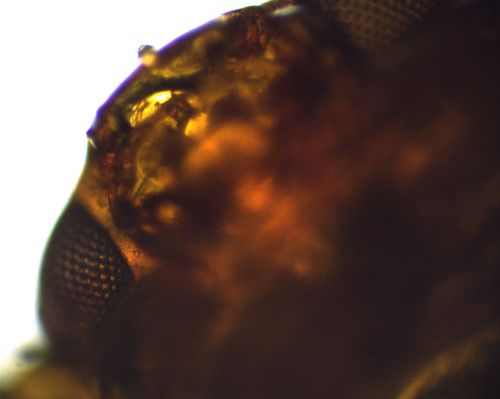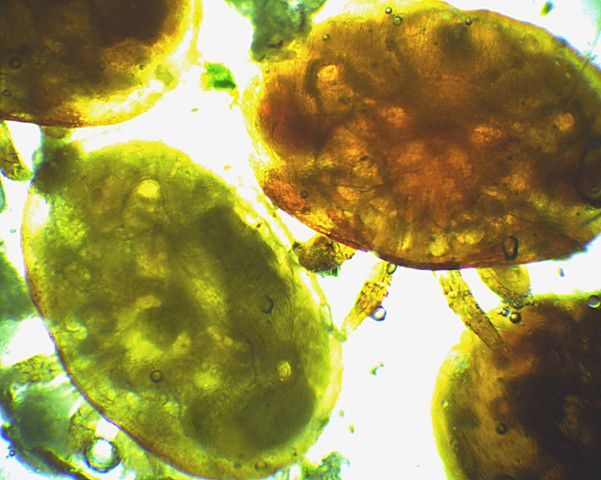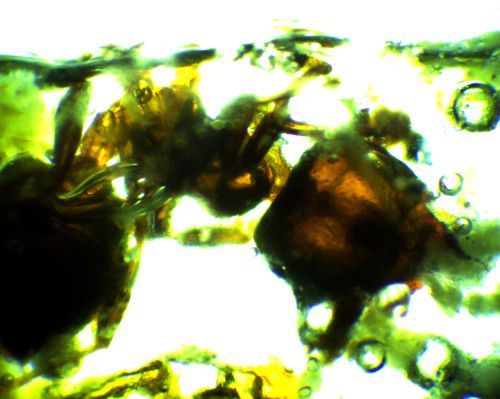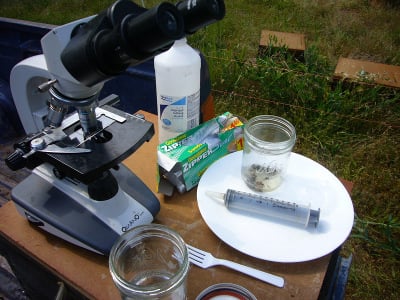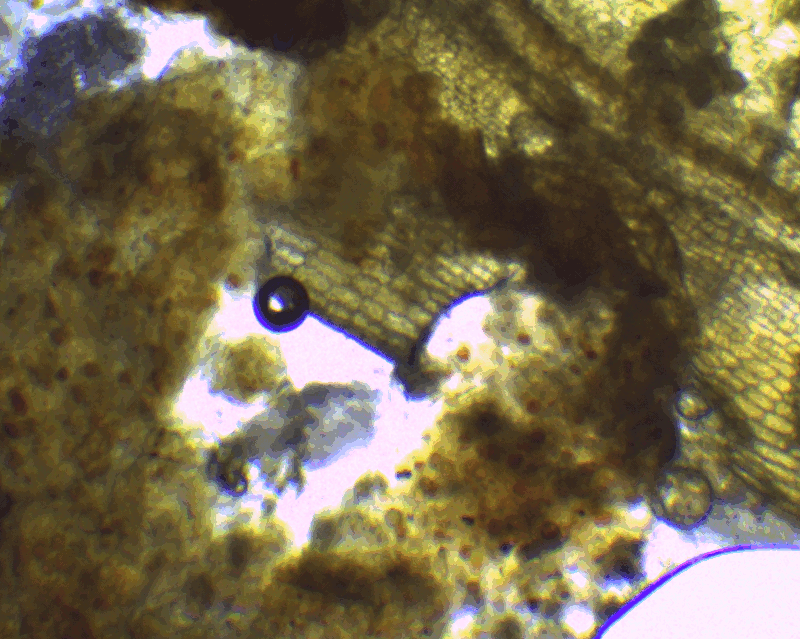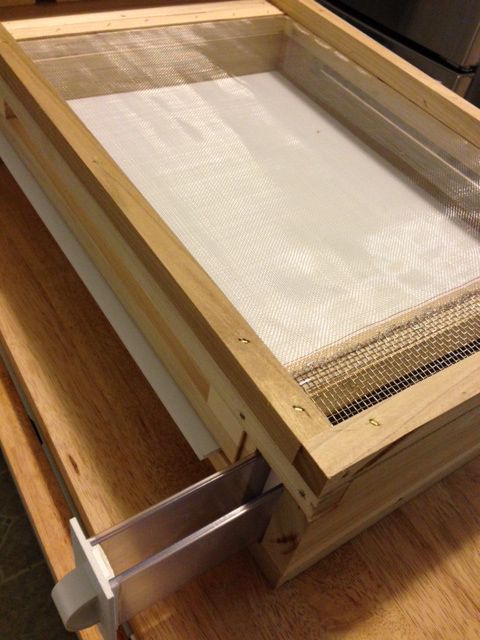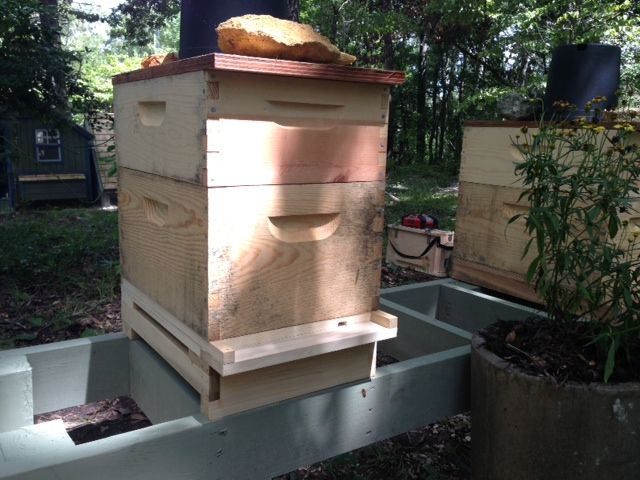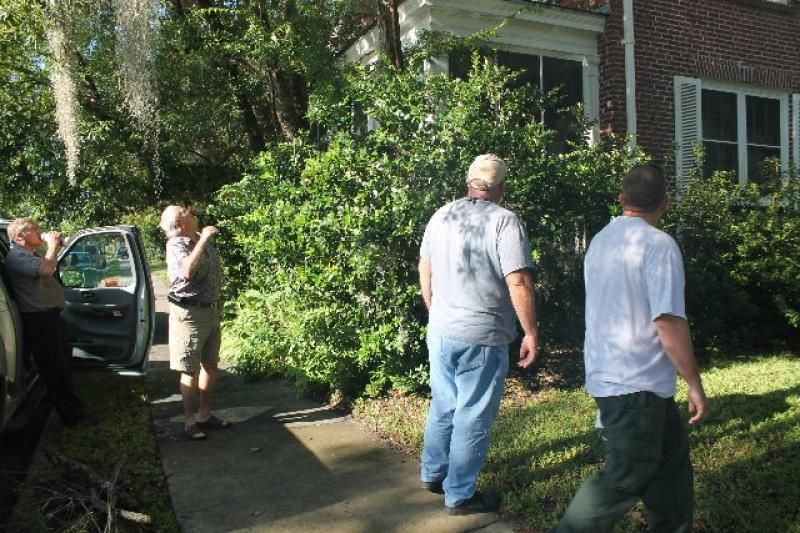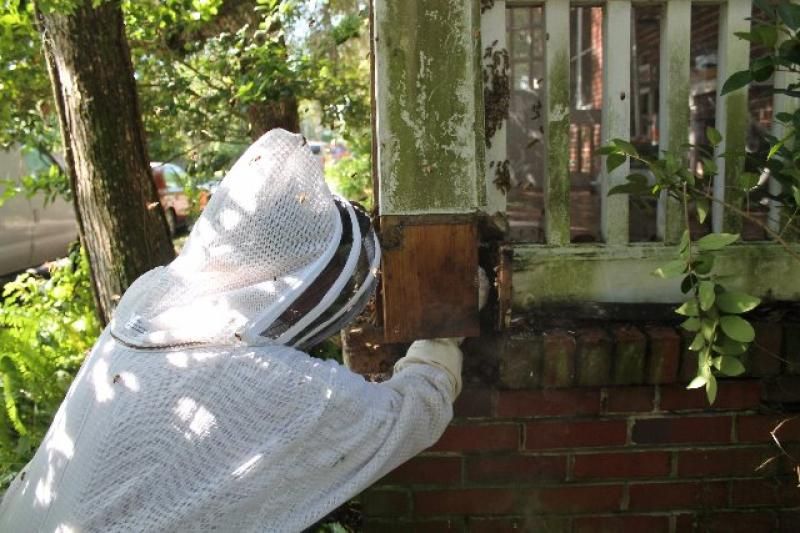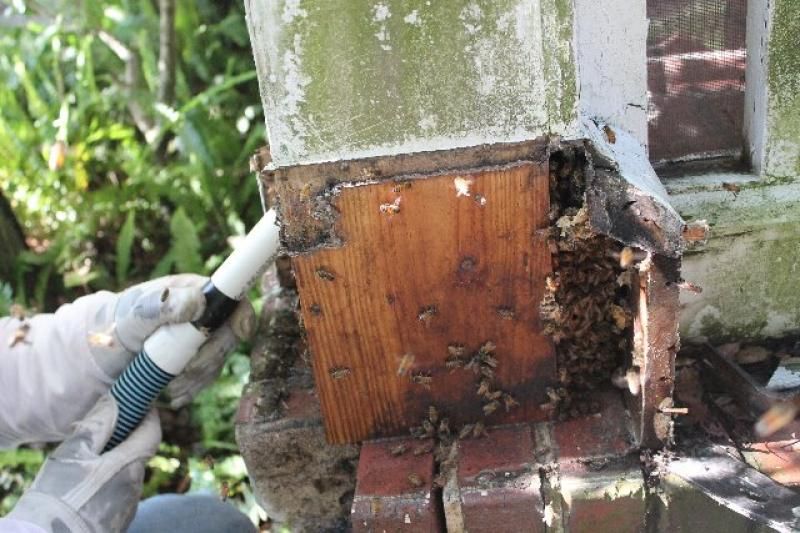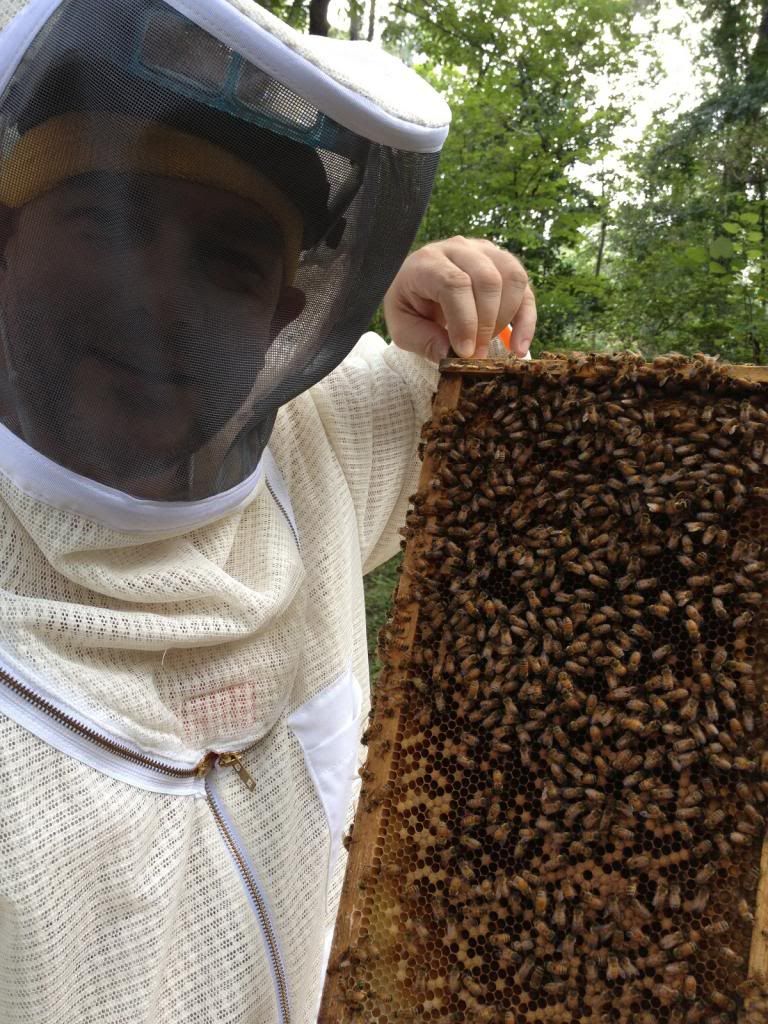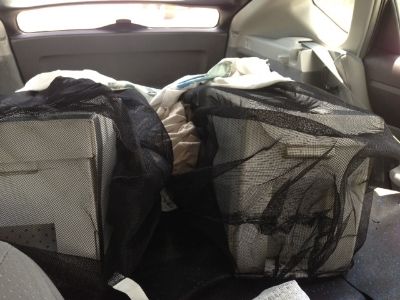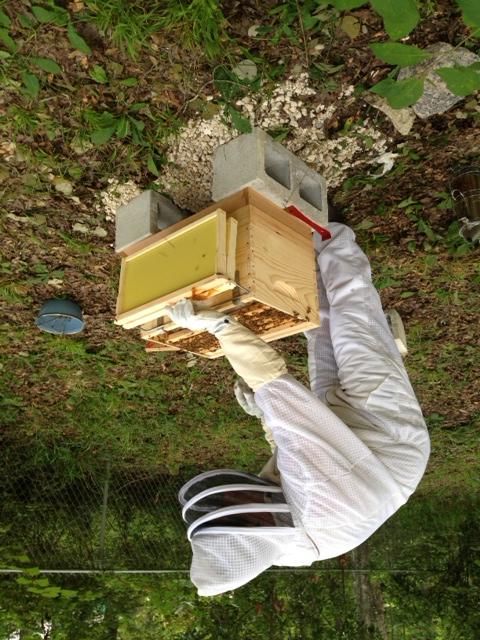A cut out is when you have a group of bees living in the wall, floor or some other void space in a building and need to remove them. In order to remove the bees you need to cut open the structure and pull out the bees...but of course it sounds MUCH easier than it is to do.
I've watched just about every
JP the Beeman video on youtube
He does some awesome cut outs, typically without any protection and it looked like great fun.
The best way to do them is to FIRST LEARN FROM EXPERIENCED BEEKEEPERS. In my case I told the leaders at the
Alachua County Beekeepers club that I'd be more than happy to help...and on Friday they called me up to join them.
The bees were in a corner board of a beautiful victorian house down in Gainseville. I was told to only bring a veil however I wanted to do more than watch and showed up with my jacket, full suit, tools and bee box...which turned out to be a great idea.
We showed up and identified the bees location, low and behind bushes. Once some branches were cut away we were able to get close to the bees and they seemed pretty calm.
I put on only my jacket and gloves and figured, heck, everything is cool like fonzie.
The bees cool vibe quickly dissipated as we took a hammer and crowbar and began peeling boards away from the building. They flew out like bruce lee and began stinging everyone...our mentor got nailed a bunch of times in succession and had to retreat to get some space and clear off the phermones.
I thought I was fine and it was just a bit humorous until I realized that some bees flew into my jacket and were now buzzing around inside with me.
bam bam bam, three stings to the back of my neck confirmed my lack of attention to detail and it was time to take a walk to the car. I had neglected to tie up the bottom of my jacket and they just flew right in.
There were still a couple bees flying around inside my hood and I was able to calmly remove myself from them at the car.
I thought, ok, gals, time to suit up for a real battle and put on my full suit, boots with velcro and thick gloves.
The guys had a bee vacuum and we began sucking them out.
We peeled the wood away and cut out a bunch of brood and honey. Everything went well and soon we noted the bees grouping up on the nuc box...a sure sign the queen was inside.
We continued cleaning up the bees however some honey got into the vacuum tube which causes their wings to be damaged, and they will die...total bummer for the last of the bees. We tried to remove all we could as the resident wasn't as fond of bees as we were.
Once the bees were loaded up we secured the hives and took off for the day.
It was a heck of a good time, always nice to save bees that someone may just decide to kill.
There are a bunch of important components to doing cut outs...the MOST IMPORTANT is to have insurance and LEARN WHAT YOU ARE DOING.
After this job a report came in that a team tried to do a cut out in Ocala and botched the job, requiring someone experienced to come in and make it right. That type of thing just gives responsible beekeepers a bad name.
There are a bunch of experienced folk at
local beekeeping meetings. Come on by and learn how cool beekeeping can be!
